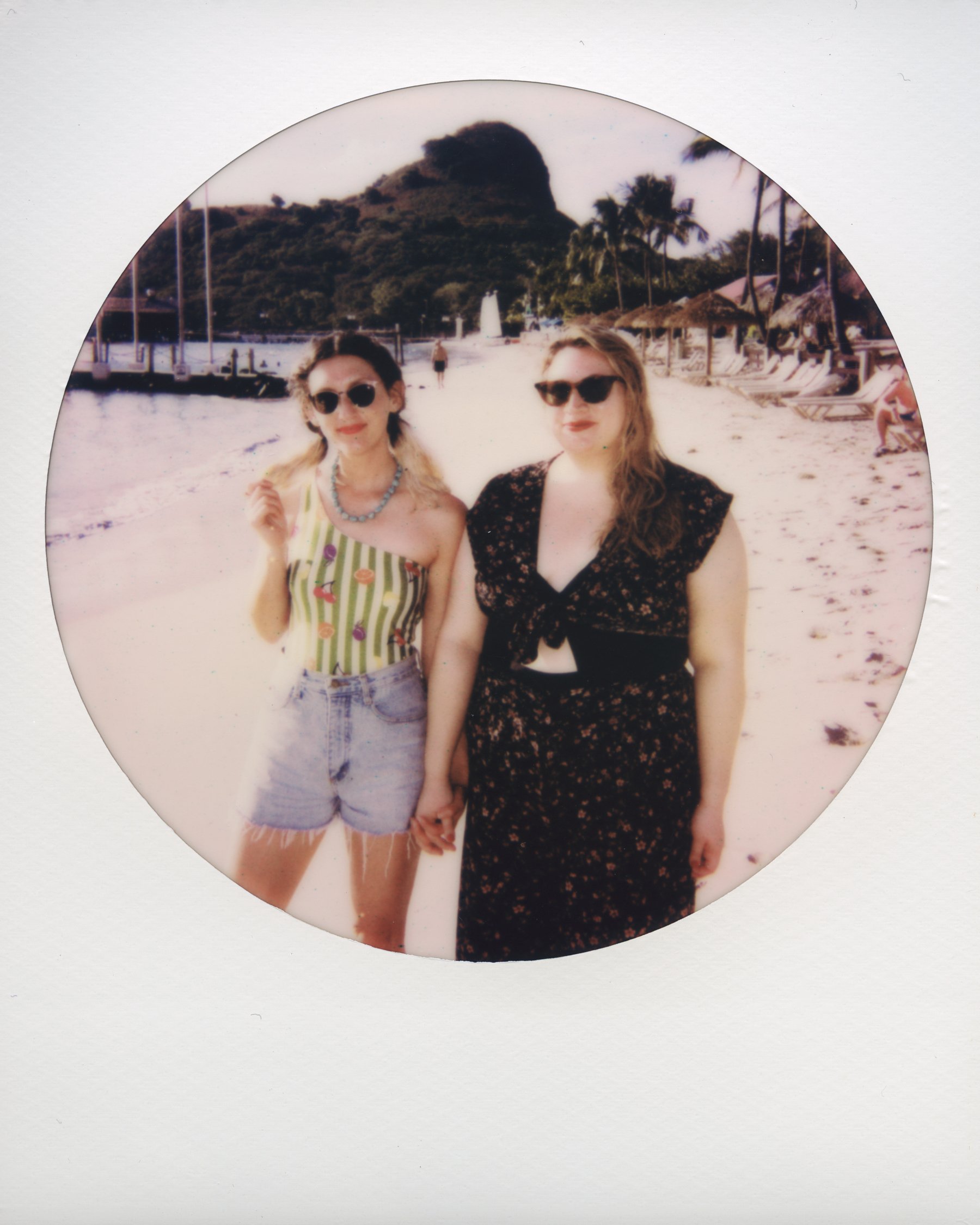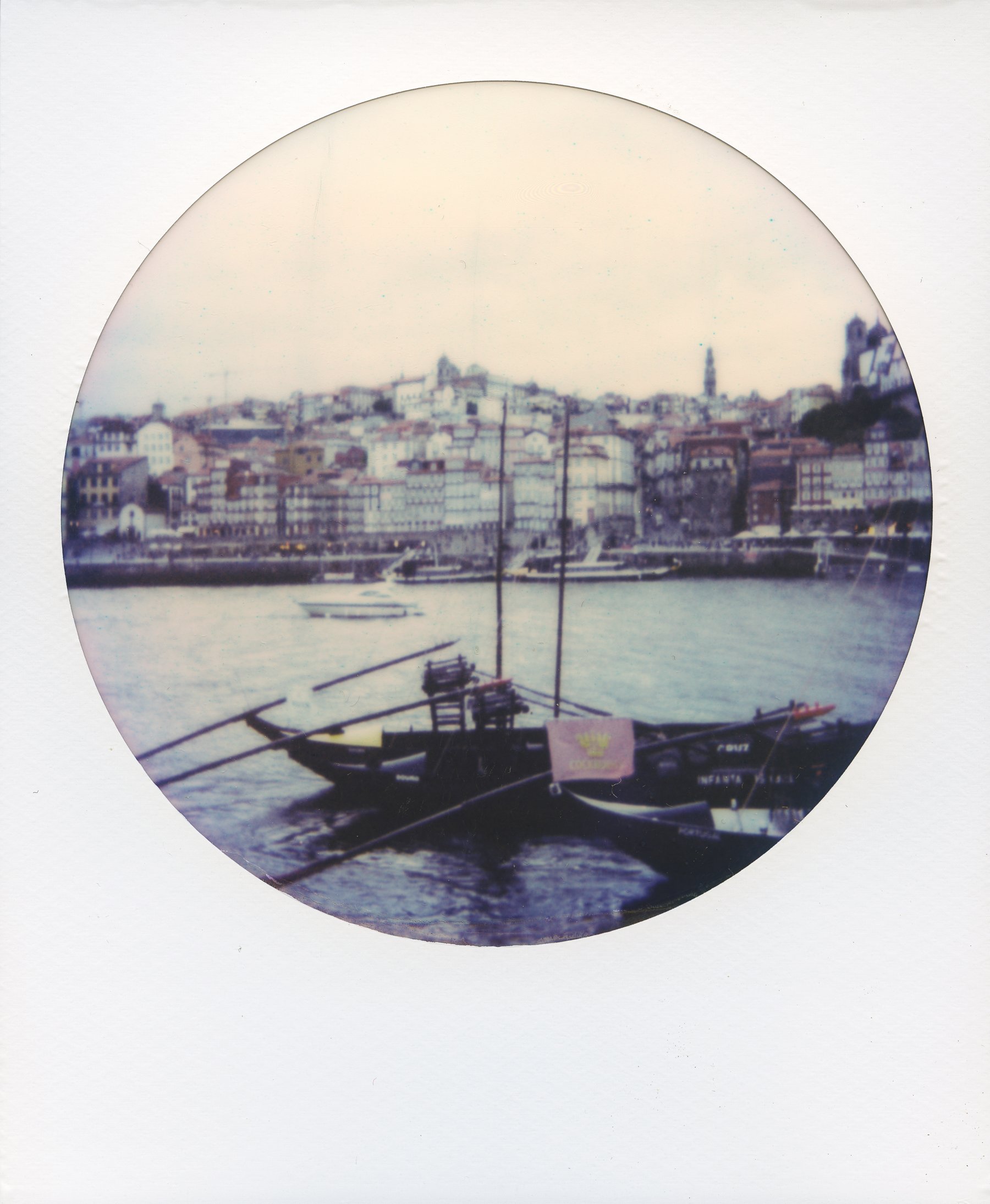This post contains affiliate links and I will be compensated if you make a purchase after clicking through my links.
It’s no secret that I love my Minolta Maxxum STsi. It’s the perfect 35 mm travel camera. You can read my full blog post about it here if you’d like to find out more about this camera! For these images, I used Lomography Color Negative 400 35mm film. I love Lomography film because it’s super affordable and the colors are bright and accurate. All of these photos were taken on hazy, cloudy days so I find the mood of this set of images to be very soft and nostalgic.
Chris and I went on an adventure one weekend to Virginia Beach and stumbled across the 19th Annual Atlantic Coast Kite Festival! Some of the kites were absolutely gigantic! It was pretty impressive! It was such a fun event to witness and of course, photograph! We went into a few thrift stores and ate lunch at the incredibly tasty Commune farm-to-table restaurant. It was the perfect Saturday.
I love getting back a roll of film that I took for purely personal reasons. It reminds me of how much I love photography. Being a full-time photographer can easily lead to burn-out, which has happened to me multiple times. But deep down, I think I’ll always love photography, regardless of whether or not it’s my “job”.
WHERE TO BUY:
LOMOGRAPHY COLOR 400 35MM FILM
LOMOGRAPHY COLOR 100 35MM FILM
Thanks so much for stopping by!
<3 Myles Katherine
(click to enlarge images)























































